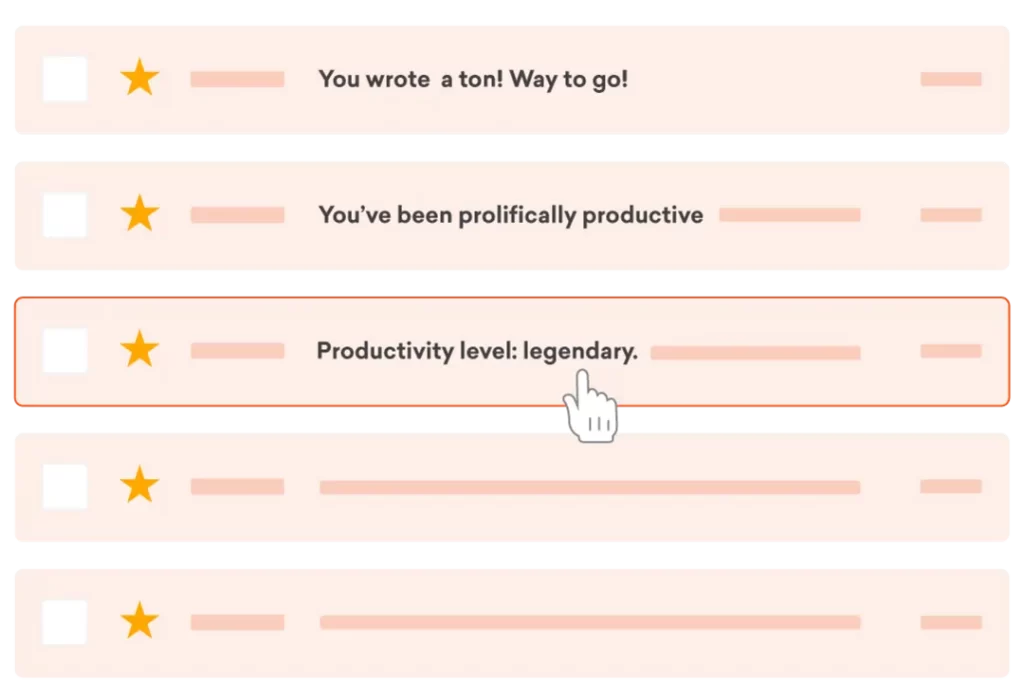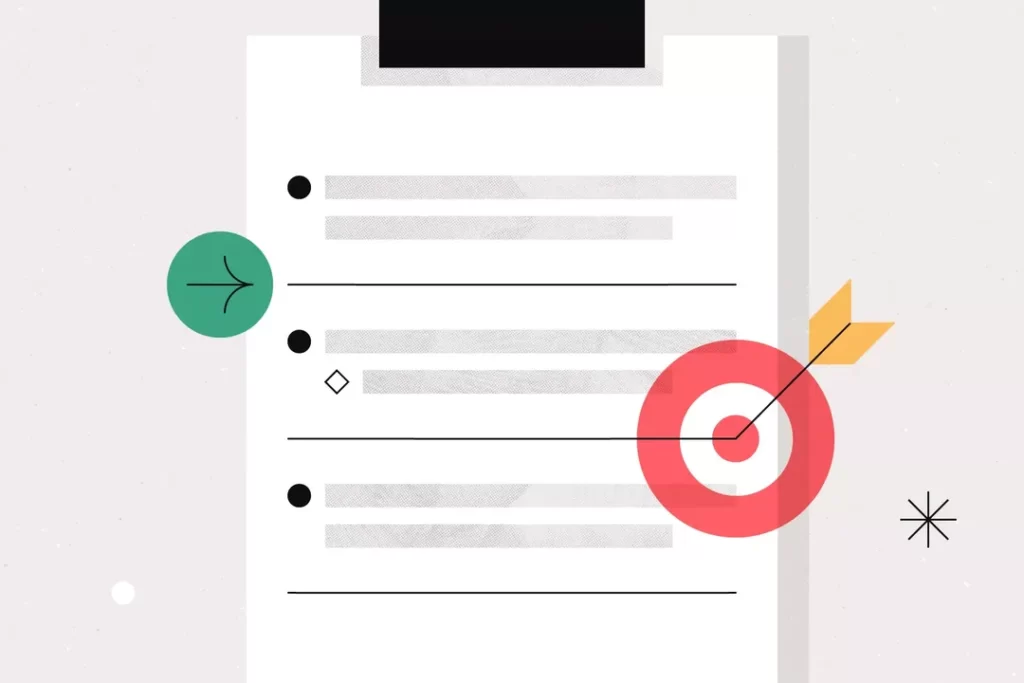How to Land Clients on Autopilot with Cold Outreach
Wondering how to get design clients with cold outreach? Cut through the noise with a strategy that works. In this article, we demystify the process, outlining clear steps to capture the interest of potential clients with well-crafted, personalised cold emails. From identifying your target audience to composing emails that resonate, you'll learn the essentials of turning cold leads into hot prospects without guesswork.
Key Takeaways
- Define your target audience and set measurable goals to guide your design-targeted cold outreach for more effective lead generation and brand positioning.
- Create captivating, personalised subject lines to increase email open rates and avoid common pitfalls that can trigger spam filters, keeping the content engaging and relevant.
- Compose a persuasive email body with a personal touch, showcase your expertise, and include a clear call-to-action while following up strategically to improve your chances of securing clients.
Table of Contents
Developing Your Cold Outreach Strategy

Consider the perspective of a hunter in the wild. You wouldn't aim your arrow mindlessly, would you? This concept applies directly to cold outreach. The success of your campaign hinges on your target audience. Understanding their identities and customising your approach to meet their needs lays the foundation for a successful cold email outreach campaign. But identifying who to contact is just half the battle; defining clear goals is equally important.
What do you hope to achieve with your cold outreach? Are you looking to generate leads, build brand awareness, or position yourself as an authority in the design field? Defining clear business goals from the onset will help shape your approach and determine the success of your campaign. It's like setting your compass to guide your journey in the wild world of cold emailing.
Define Your Target Audience
Picture yourself as a sharpshooter readying for a competition. You wouldn't aim without a target. You'd aim for the bullseye. This analogy holds when determining your target audience for a cold outreach campaign. Your bullet is your cold email, and the bullseye is your ideal client.
Identifying your ideal client involves:
- Researching and understanding their business goals and objectives
- Ensuring your cold emails are relevant and compelling
- Increasing your chances of hitting the bullseye
It's like aiming your rifle with precision and purpose.
By tailoring your cold outreach to your target audience, you can significantly increase the chances of resonating with their needs and preferences, ultimately leading to achieving your business goals through your design services.
Build Your Target List
Once you've defined your ideal customer profile, you must build your cold outreach list of target customers.
There are a million ways to do this, but a few of the most common tools include:
- LinkedIn Sales Navigator
- Apollo.io
- ZoomInfo
Take your ideal customer profile and filter through one of these lead databases to find prospects who match your customer profile.
These tools will provide you with information such as Name, email, company, phone number, and more.
Set Clear Goals
With your target audience now defined, it's time to focus on your objectives. Do you aim to generate more leads, enhance brand visibility, or position yourself as a thought leader in your industry? Whatever your goal, it's essential to make it SMART: Specific, Measurable, Attainable, Relevant, and Time-bound.
As an archer monitors the target, you must keep your goals in sight throughout your campaign. You can gauge the success of your cold outreach goals by tracking key metrics like open rate, response rate, and conversion rate. Establishing clear Key Performance Indicators (KPIs) will help you assess your campaign's performance against your set goals.
Crafting Captivating Subject Lines

Your subject line serves as an initial impression for your potential client. When your email lands in their inbox, the subject line is the first thing they notice, and it can determine whether your email is opened or ignored. A compelling subject line is like the spark that ignites interest and curiosity, leading the recipient to open your email.
To craft an irresistible subject line, steer clear of generic phrases.
It would help if you tied how your design services will directly lead to increased ROI for the prospect. You can connect better design to higher trust, decreased bounce rate, and increased conversions.
Personalisation Techniques
Personalisation acts as the enticing ingredient that makes your cold emails stand out. It involves comprehending your potential client and customising your message accordingly. Just as you wouldn't serve a steak to a vegetarian, you wouldn't send a generic email to a potential client. Personalising your subject lines by incorporating the recipient's name or mentioning their company can increase your email's appeal.
But how do you incorporate personalisation into your subject lines? It's about crafting a message that feels tailor-made for the recipient. Mention their company name, praise their style and commitment, and use their name to create a direct and appealing approach that stands out. It's like handwriting a letter in an age of mass-produced emails.
Avoiding Common Pitfalls
Crafting a compelling subject line is an art, but there are pitfalls to avoid. Just as a seasoned chef knows which ingredients can ruin a dish, an effective email marketer knows which techniques can trigger spam filters or deter recipients from opening your email.
One common pitfall to avoid is using all caps in your subject line. While it may seem like an excellent way to grab attention, it can come across as aggressive and may trigger spam filters.
Another pitfall is using spam trigger words like:
- ‘free'
- ‘money'
- ‘help'
- ‘reminder'
By understanding these triggers, you can craft email subjects more likely to reach the intended recipient's inbox.
Composing Effective Cold Emails
Having created a compelling subject line, the next step involves constructing the email's body. You introduce yourself, articulate your purpose, and present your offer here. The goal is to make it concise, impactful, and engaging. It's like crafting an engaging story that hooks the reader from the first line.
Remember, each email should be personalised to the recipient. Show genuine interest in their business, address their needs or challenges, and demonstrate your understanding of their industry. It's like speaking their language, showing them you're on the same page and understand their world.
Personalise Your Message
Personalising your cold emails is like adding a special touch to a gift. It shows the recipient that you've taken the time to understand their needs and challenges and are genuinely interested in helping them. A well-crafted cold email template can help you achieve this level of personalisation.
Personalising your emails can involve everything from mentioning mutual contacts and using mail merge tags to insert personalised information to sharing relevant resources or articles. It's about making the recipient feel unique and valued and showing them that you're not just another company trying to sell them something.
Another very effective way to do this is to use personalised Loom videos where you audit a prospect's website or landing page for free. Adding your face and voice to your emails can dramatically increase your call booking rate for potential prospects.
Showcase Your Expertise
Now that you've captured the recipient's attention and shown them that you understand their needs, it's time to showcase your expertise. This is your chance to shine and demonstrate why you're the best person to help them.
Showcasing your expertise can involve everything from highlighting your exceptional design service and sharing success stories from past projects to providing a clear and compelling call to action.
Having a polished portfolio live online is essential because people always investigate who you are when you send cold outreach messages. It's human nature to ask, “Who is this stranger emailing me, and are they legit?”
Your website should quickly reassure the prospect that you're not a scammer.
Call-to-Action (CTA)
Your call-to-action (CTA) is your cold email's final, crucial step. It's the part that prompts the recipient to take action, whether scheduling a consultation, viewing your portfolio, or replying to your email.
A clear and compelling CTA is like a guiding hand, leading the recipient to the next step. Use straightforward language, place it at the end of the email, and make it easy for the recipient to take action. Some tips for creating a compelling call to action include:
- Using clear and actionable language
- Placing the CTA at the end of the email
- Making it easy for the recipient to take action
- Asking for a specific action, such as scheduling a free consultation or requesting a quote
Don't include more than one (1) CTA in your cold email. You want the next step to take to be evident to the prospect.
Following these tips can drive your website's engagement and conversion.
Templates to Land Design Clients

Template #1:
Subject: [CompanyName] Revenue Growth Through Design
Hey [FirstName],
I noticed [CompanyName] ‘s [Product/Service]. I saw where we can tweak your design and directly boost your revenue. I specialise in this, with proven results like my recent case study here: [CaseStudyName], where we saw [Result].
Would you be open to a discussion? I'm available [YourAvailability] for a call.
Best,
[YourFullName]
[YourContactInformation]
Template #2:
Subject: Double [CompanyName] ‘s Sales with Focused Design
Hi [FirstName],
[CompanyName] ‘s [Product/Service] is [Custom Compliment].
I can help you with your sales by tweaking the design.
My design strategy is sales-driven.
See my case study: [CaseStudyName], where we achieved [Result].
Can we talk about this? I'm free [YourAvailability].
Regards,
[YourFullName]
[YourContactInformation]
Template #3:
Subject: Boosting [CompanyName] ‘s Market Presence Through Design
Hi [FirstName],
I've been impressed by [CompanyName] ‘s approach to [Problem/Service]. There's a clear opportunity to enhance this with targeted design strategies. Check out this [CaseStudyName], where we achieved [Result] through strategic design.
A quick chat could explore the potential for similar results at [CompanyName]. Are you available [YourAvailability]?
Best,
[YourFullName]
[YourContactInformation]
Tech Setup For Sending Cold Emails
You don't want to use your main company domain when sending cold emails. Since you're sending out emails, there's a higher chance that some of the emails you send will be ignored, bounced, or marked as spam.
Because of this, you want to use dedicated email-sending domains for all of your cold outreach campaigns.
Instead of sending from “yourdomain.com”, you should buy variations on your name that are only used for sending cold emails. For example:
- joinyourdomain.com
- tryyourdomain.com
- useyourdomain.com
- getyourdomain.com
- withyourdomain.com
- Etc.
You don't want to use special characters in these domains; they should all be ‘.com' extensions. This will ensure you get the highest deliverability you can.
Building Trust and Credibility

Trust and credibility establish a solid foundation for enduring relationships with potential clients. It requires demonstrating professionalism, highlighting your skills and expertise, and offering social proof with client testimonials.
Having a professional online presence is crucial. This includes your website, social media profiles, and email address. A professional email address boosts your credibility and helps you stand out in a crowded inbox.
Professional Online Presence
Having a professional online presence is like dressing for success. It's your first impression of potential clients, so it's essential to make it count.
To establish a professional online presence, ensure your website is polished and up-to-date, your social media profiles reflect your brand and expertise, and your email address is professional. It's like presenting a unique business card that leaves a lasting impression.
Using Testimonials
Client testimonials are like gold in the world of cold outreach. They're a form of social proof that can significantly boost your credibility and make potential clients more likely to trust you. When using testimonials, highlight specific results or benefits that previous clients experienced. Also, consider including the full name and title of the testimonial provider for added authenticity. It's like showcasing your trophies from past victories.
The Art of Follow-Up
The follow-up process can be likened to a dance, requiring tact and timing for effective execution. The essence of follow-up lies in the following:
- Knowing when to advance and when to retreat is akin to a dance
- Timing your moves correctly
- Adding value with each step
- Always being ready to take the next step.
Regarding timing, send your follow-up email 3-5 business days after your initial message. And remember, it's not just about sending one follow-up email. Aim to send between 3 and 5 follow-up emails to improve your chances of success significantly.
Timing and Frequency
Just as a dancer needs to time their moves to the rhythm of the music, you need to time your follow-up emails to the rhythm of your recipient's schedule. This includes sending your follow-up email at an optimal time when your recipient will likely be checking their emails and spacing out your follow-up emails so as not to overwhelm the recipient.
Regarding frequency, aim for between 3 and 5 follow-up emails to maximise your chances of success. Everybody's inbox is getting flooded with emails these days. It would be best if you were persistent in getting prospects' attention. Prospects will notice when you don't give up, and many will answer you based on your tenacity alone.
Adding Value
Adding value to each follow-up email is like adding goodwill to your relationship. It slowly builds trust and leaves prospects wanting to see more. You can add value by providing additional information, offering new insights, or addressing potential concerns.
It's about being responsive to your recipient's needs and showing them that you're genuinely interested in helping them succeed.
Analysing and Refining Your Cold Outreach Campaign

Analyse and refine your cold outreach campaign like you would revise and enhance a dance routine. It necessitates examining successful strategies, identifying shortcomings, and implementing changes to bolster your performance.
You can gauge the success of your cold outreach goals by tracking key metrics like open rate, response/reply rate, and conversion rate. By using data-driven insights, you can identify areas for improvement and optimise your cold outreach strategy for better results.
Key Metrics to Monitor
It would help if you tracked vital metrics to gauge the performance of your cold outreach campaign. It's like watching a replay of your dance routine to see where you nailed your moves and where you stumbled.
By tracking the following metrics, you can measure the success of your cold email campaign and cold outreach efforts:
- Total number of emails sent
- Open rates
- Click rates
- Number of replies received
It's like keeping score during a competition to see how well you're doing.
Making Data-Driven Improvements
Making data-driven improvements is like refining your dance routine based on feedback from the judges. It involves looking at the data, identifying areas for improvement, and making changes to improve your performance.
You can create tailor-made emails for each recipient by leveraging data, increasing response rates and engagement.
Summary
You've made it to the end of our guide on attracting design clients using cold outreach. Like a dancer who's completed a flawless routine, you've learned the steps, perfected your moves, and are now ready to take the stage.
Remember, cold outreach is more than just sending out emails. It's about identifying your target audience, crafting compelling messages, building trust and credibility, and continuously refining your approach based on data-driven insights. With these strategies in your back pocket, you're well on attracting more design clients and growing your business.
Frequently Asked Questions
Now that you've grasped the power of cold outreach in attracting design clients, there may still be lingering questions. Hence, we've assembled a list of frequently asked questions about cold outreach. It's like having a personal coach to guide you through your journey.
Whether you're wondering how to personalise your emails, how to craft compelling subject lines, or how to analyse your campaign results, we've got you covered. It's like having a playbook that answers all your questions.
How do you get clients through cold email?
To get clients through cold email, start by finding the correct contact information of the prospects and personalising your emails. Perfect your subject lines, add a clear call to action, send follow-up emails, and create credibility with a professional-looking email signature. Test and optimise your approach for better results.
How many cold emails do I need to send to get a client?
It all depends. You could land a new client on the first cold email you send. Or it could take you 1,000+ emails to land a client. Many factors play a role. One thing is sure, though – if you send zero cold emails, you'll get zero clients.
Is cold emailing illegal?
No, cold emailing is not illegal in the US, but it is critical to comply with the provisions of the CAN-SPAM Act, such as including accurate information and an unsubscribe link in the email.
How do you cold email a design agency?
When cold emailing a design agency, identify your target audience, create a compelling subject line, include relevant testimonials, and highlight your strengths to offer a clear value proposition—research potential clients and businesses to customise your approach and increase your chances of success.
What are the best practices for cold emailing in design?
To effectively cold email in design, it's essential to identify your target audience, use email finders for verified addresses, conduct thorough client research, highlight your expertise, and personalise each email. This will significantly enhance the impact of your outreach efforts.
How can I avoid triggering spam filters in email subjects?
To avoid triggering spam filters in email subjects, steer clear of words like ‘free,' ‘money,' ‘help,' and ‘reminder,' and refrain from using all caps. This will help improve your email deliverability.
Author Bio: Nick Patrocky is the founder of coldoutreach.com. By implementing cold outreach systems, his company helps B2B companies book more sales meetings. Check out their blog to know what it takes to send effective cold outreach messages.
